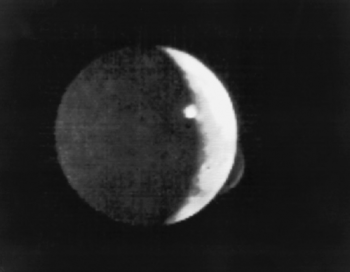It appears that Barack Obama has won another four years in office. Despite what many consider to be one of the weakest and most incompetent presidencies in history, the American people have decided to stick with this man. Even worse, the Democrats look like they will gain seats in the Senate, even though it was the Democratic majority in that Senate that has refused to pass a budget — as required by law — for the last three years. For that dereliction of duty, the American people have decided to reward them with more power.
Overall, it appears that the polls that favored Democrats in their sampling were actually capturing the tone of the country. The public wants big government and a restriction in freedom. 2010 was a fluke, not a trend. I was wrong.
We are stuck with Obamacare. We are stuck with trillion dollar deficits. We are stuck with bankruptcy. I have little hope now for the near future. It will probably take fifty years or more to fix the problems that the past four years and the next four years will create.
This is not even a conservative perspective. No policy can survive, even good leftwing policy, when the government is bankrupt. And with trillion dollar deficits the new normal, we are guaranteed that the government will go bankrupt. And it will take everything else down with it.
Even worse, this willingness of the American public and its intellectual class to ignore this reality, to make believe that trillion dollar deficits don’t matter, suggests an intellectual bankruptcy that is even more appalling. For you can’t fix a problem if you refuse to face it.



